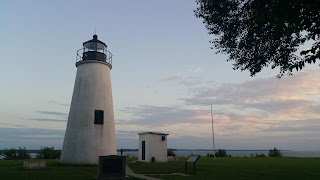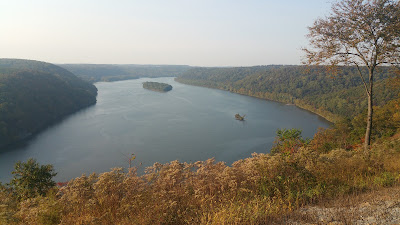The Wines and Domaines of France by Clive Coates MW
This book is going to provide you with more information then you need to succeed at the french wine questions for WSET trust level 3 or the advanced award. You should also be able to use it for the test portion of the guild of master sommelier at least to the Certified level and perhaps to the advanced but you will likely need to supplement with some information out of dedicated books about Bordeaux and Burgundy. This book will give you the necessary structure to go into more detail about french wine.
Each chapter has in depth examinations of the various AOC within a broader region like the Rhone River Valley with descriptions of the allowable grapes and vinicultural practices. Mr. Coates also talks about the history of the region as it relates to wine, when it was first recognized for the production of high quality wine, interesting anecdotal stores. Finally he also talks about the predominate geographical features of the AOC that pertains to the production of wine.
Each section also includes a listing of domains categorized into three star rankings and an honorable mention no star ranking. The three star domaines are unsurprising, with choices such as the DRC and d'Yquem dominating the three star rankings. These estates are important for being classic, famous estates that you will get asked about in upper level wine education tests, since they for a basis for understanding the typical style of the region, while stylistic differences may occur between top level producers they are all undeniably producing special examples of the wine. The lesser ranked domains are still producing incredible bottles of wine, and might be more accessible to mere mortals you might even find some of them in your local wine shop.
This was the first wine book that I read from cover to cover that was more technical in nature. I had read books that told a more narrative story of wine before, for example Kermit Lynch's autobiography Adventures on the Wine Route before this one and they do begin the introduction to the broader french wine regions but they focus on great dinners, estates, and wine while breezing over the rest of the information so perhaps the wine outlined is an outlier of the typical style or even a deeply heterodox producer that while incredible wont help you understand the rest of the AOC it occupies. These books have helped me become conversant with the board styles of wine in the entire french vineyard which allows me to confidently suggest bottles to customers to fulfill their needs. Books like this with there focus on typicity and tradition also help you judge bottles at trade show where you might be presented with 12 different bottles of Sancerre and how those bottles stack up to some idealized bottle of Sancerre; does this one have more oak than an other one, more lees contact, etc.
Between this and his other books on Bordeaux and Burgundy Clive Coates has chronicled many of the great estates of french wine production and provides a veritable roadmap to excellence in french wine. You are not going to find hidden gems you are going to find the multigenerational standards and hallmarks of excellence. Sadly I am likely to never have more than a sip of a bottle of DRC but I know that most of their wines see extensive aging in new french oak because of mr. Coates.


Comments
Post a Comment